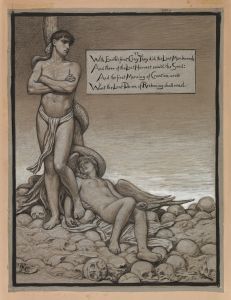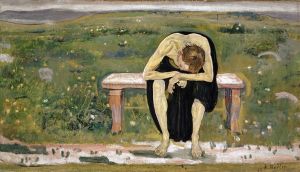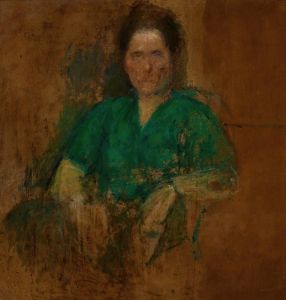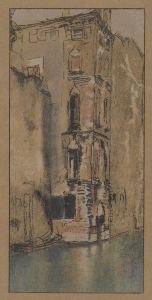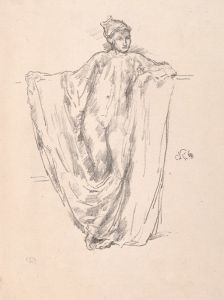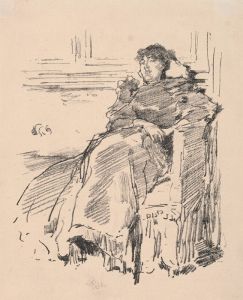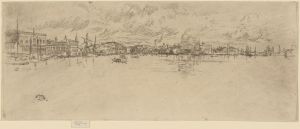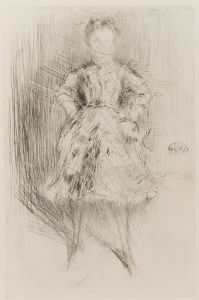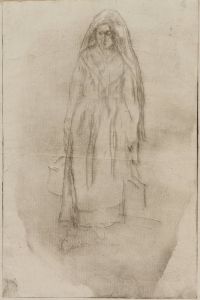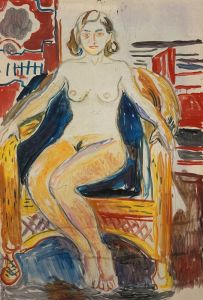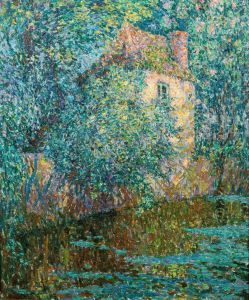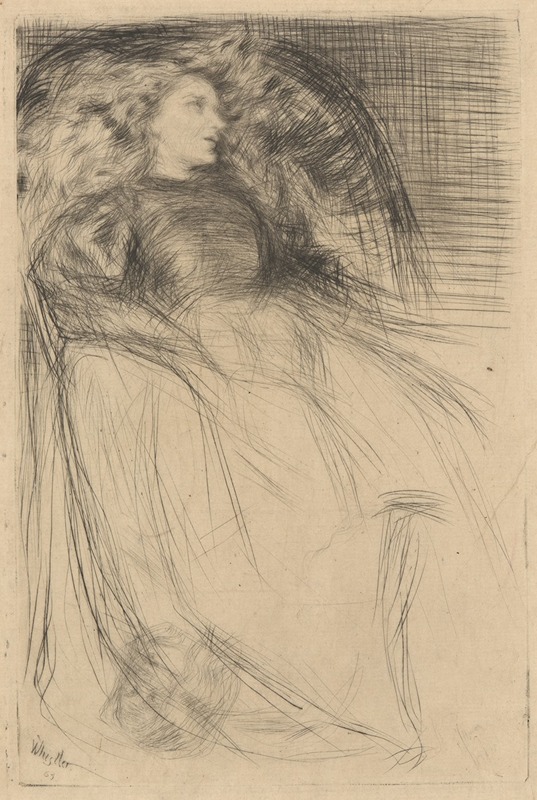
Weary
A hand-painted replica of James Abbott McNeill Whistler’s masterpiece Weary, meticulously crafted by professional artists to capture the true essence of the original. Each piece is created with museum-quality canvas and rare mineral pigments, carefully painted by experienced artists with delicate brushstrokes and rich, layered colors to perfectly recreate the texture of the original artwork. Unlike machine-printed reproductions, this hand-painted version brings the painting to life, infused with the artist’s emotions and skill in every stroke. Whether for personal collection or home decoration, it instantly elevates the artistic atmosphere of any space.
James Abbott McNeill Whistler's painting "Weary" is a notable work from the American-born, British-based artist known for his influence on the art world in the late 19th century. Whistler, who was a leading figure in the Aesthetic Movement, often emphasized the importance of beauty and harmony in art, sometimes prioritizing these elements over narrative content. "Weary" is a reflection of his artistic philosophy, focusing on mood and composition rather than storytelling.
"Weary" was completed in 1863 and is an oil on canvas painting. The artwork features a young woman seated in a contemplative pose, her head resting on her hand, which conveys a sense of fatigue or introspection. The model for this painting was Joanna Hiffernan, who was Whistler's muse and frequent subject during this period. Hiffernan was an Irish artist's model and the artist's partner, and she appeared in several of Whistler's works, most famously in "Symphony in White, No. 1: The White Girl."
The painting is characterized by its subdued color palette and delicate brushwork, which are typical of Whistler's style. He often employed a limited range of colors to create a sense of unity and calmness in his compositions. In "Weary," the use of soft, muted tones contributes to the overall mood of the piece, enhancing the viewer's sense of the subject's weariness.
Whistler's approach to art was heavily influenced by his belief in "art for art's sake," a principle that suggests art should be appreciated for its beauty and form rather than its narrative or moral message. This philosophy is evident in "Weary," where the emphasis is placed on the aesthetic qualities of the painting rather than any specific story or message.
The painting is also an example of Whistler's interest in the Japanese art and design that was becoming popular in Europe at the time. This influence is seen in the simplicity of the composition and the focus on the subject's expression and posture, which are reminiscent of Japanese prints.
"Weary" is part of the collection at the National Gallery of Art in Washington, D.C., where it continues to be appreciated by visitors for its serene beauty and the insight it provides into Whistler's artistic vision. The painting is a testament to Whistler's skill in capturing mood and emotion through subtle details and his mastery of color and composition.
Overall, "Weary" exemplifies Whistler's dedication to creating art that transcends narrative, focusing instead on the visual and emotional impact of the work. It remains an important piece in the study of Whistler's oeuvre and the broader context of 19th-century art.





